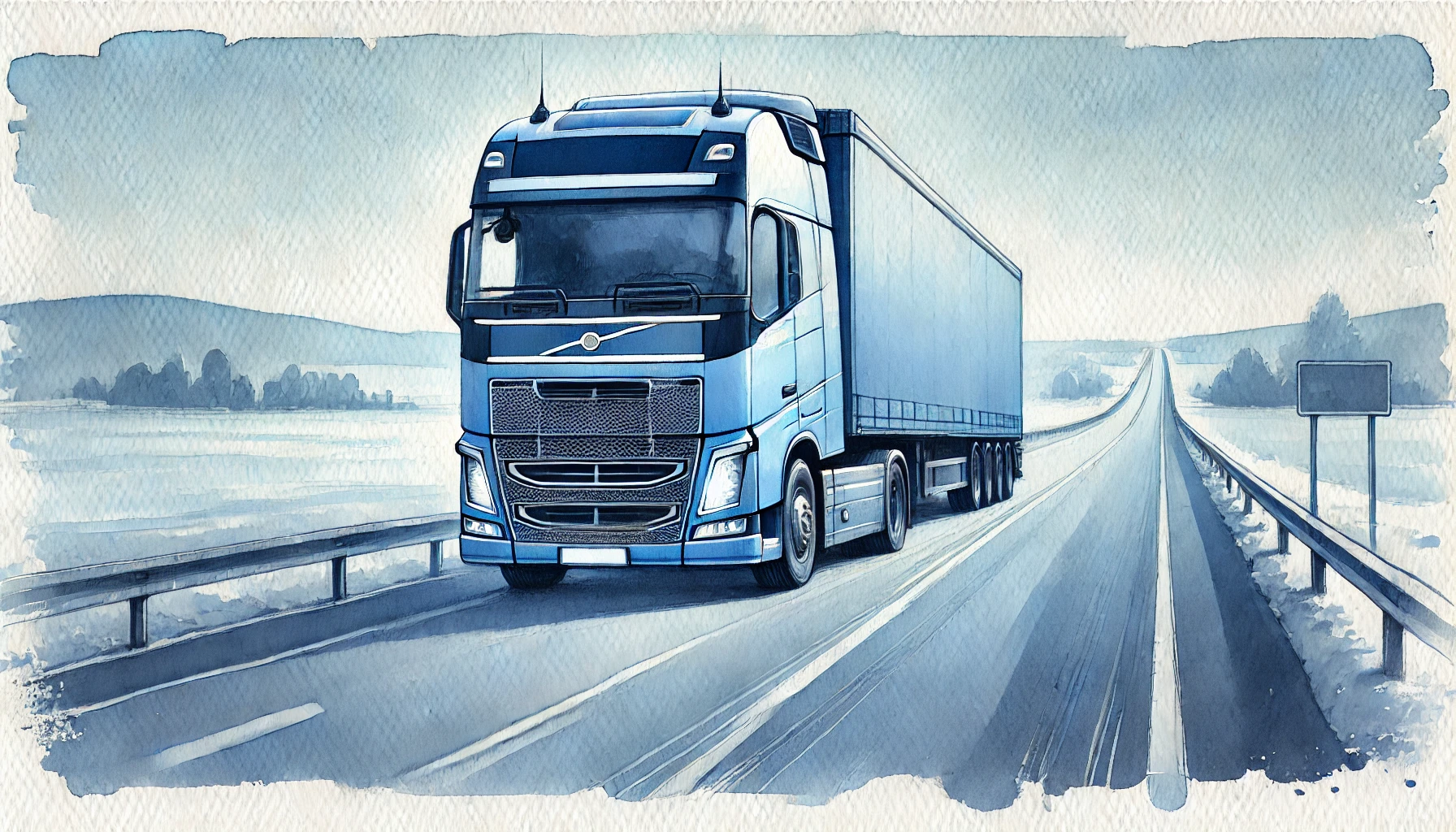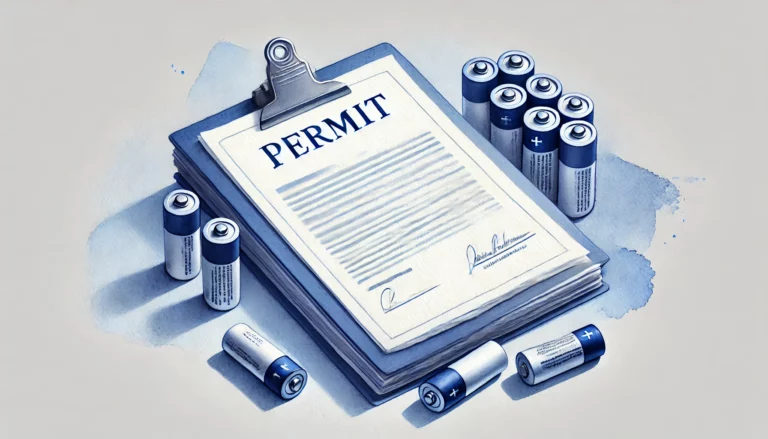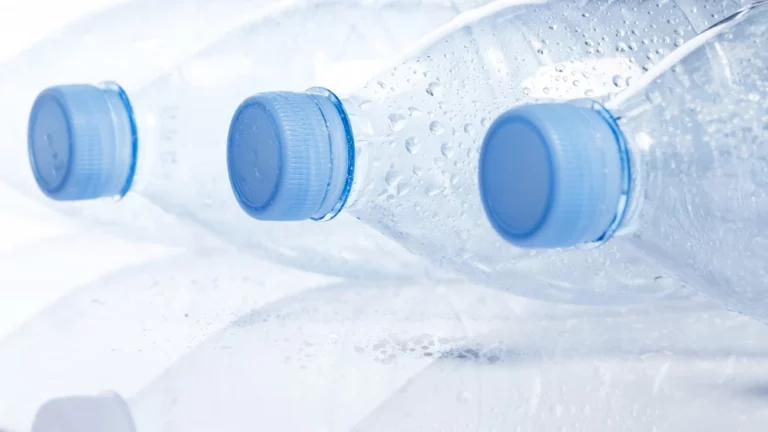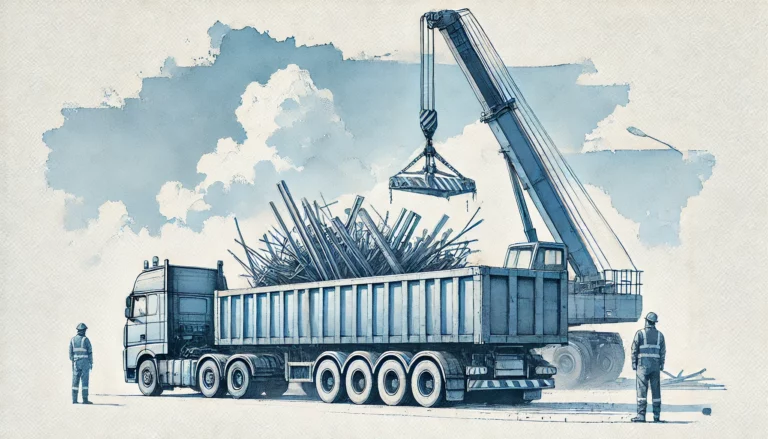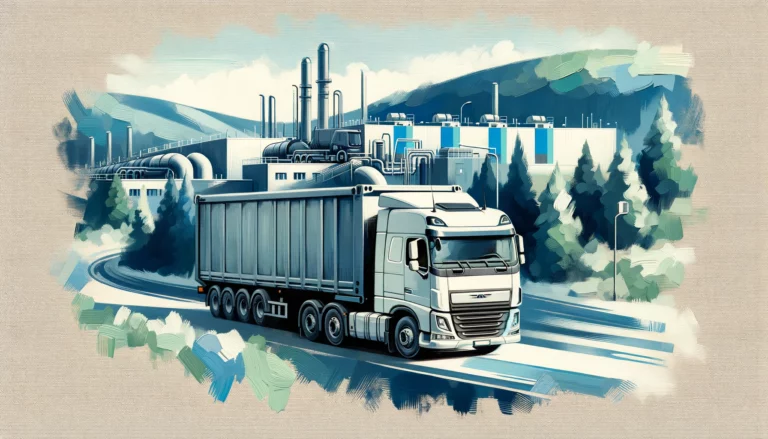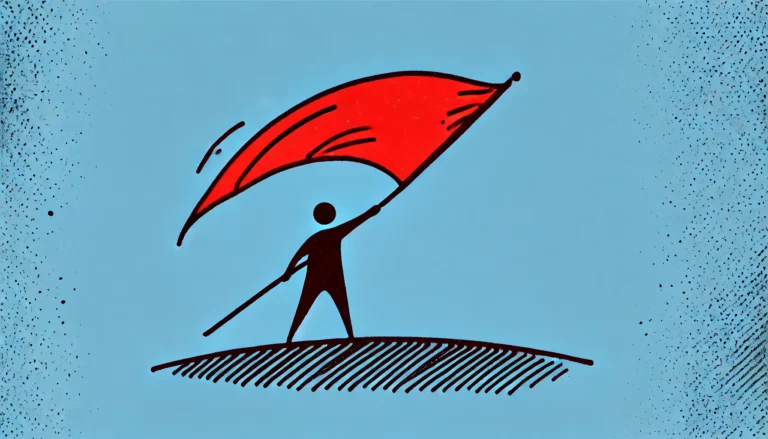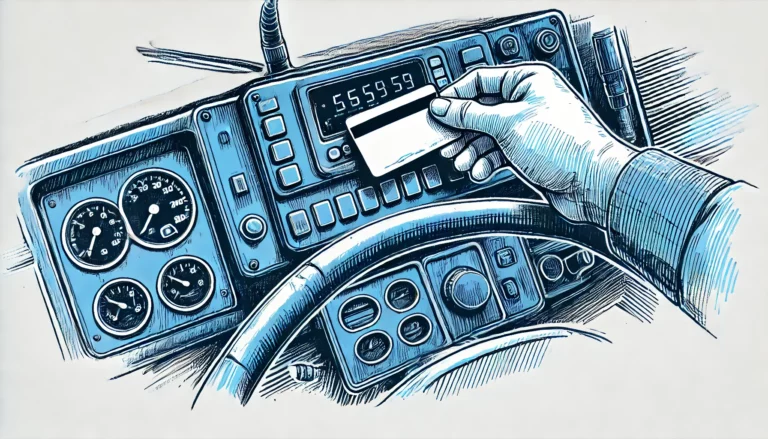Risky business, essential mission: waste transport in modern Europe
Waste transport sits at the crossroads of responsibility and risk. It’s not glamorous, yet it’s essential—particularly as Europe shifts toward a circular economy. Over time, transport has reshaped the waste industry. Delivering industrial residues, recyclable materials, and hazardous byproducts across borders is now a cornerstone of sustainable production and consumption. As Europe generates increasing volumes of waste, their transport becomes indispensable to containment, recycling, and recovery processes.
Do you need help organizing waste transport? Contact us:
When trucks stall, Europe stalls
Across Europe, trucks serve as its industrious “bees”. Just as bees pollinate plants to sustain ecosystems, trucks connect industries to raw materials, customers, and services—empowering growth. In 2023, over 4 million goods vehicles were registered in the EU—up 1.8% from the previous year. The breakdown is staggering: Poland holds 18% of them (~720,000), followed by Germany (14.2% ≈568k), France (10.2% ≈408k), Spain (9.5% ≈380k).
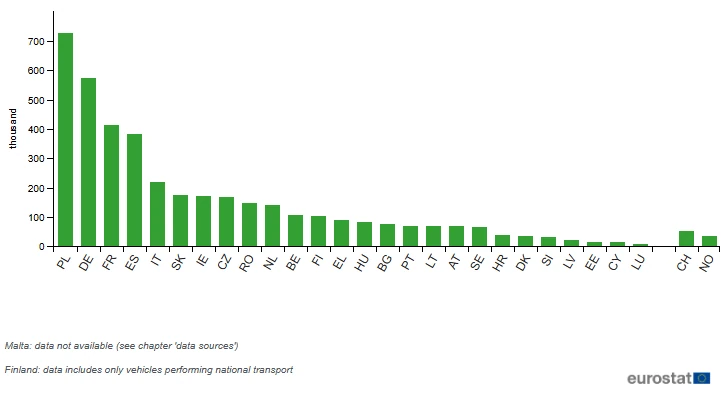
Eurostat (2024), Road freight transport by vehicle characteristics – Graphic: Goods vehicle stock in reporting countries, 2023. Retrieved from: www.ec.europa.eu
ACEA (European Automobile Manufacturers’ Association) also estimates around 6 million trucks in circulation, carrying some 75% of all EU land freight.
In this frontline role, trucks uphold supply chains, deliver on time, and avoid disruptions. When they stumble, industries stall. Among those reliant on timely logistics, waste management is gaining prominence—handling growing volumes of materials in recovery and disposal streams.
Millions of tonnes, one direction: why waste transport in Europe keeps growing
Europe’s waste volumes are immense—and rising. Here’s a breakdown of recent data:
WASTE TYPE/ FLOW | 2022–2023 VALUE |
|---|---|
Waste (excluding major mineral waste) | 795 million tonnes in 2022 |
Hazardous waste | 119 Mt (5.3% of total); up 31% since 2010 |
EU non-hazardous exports | 32.1 Mt to non-EU in 2022 |
EU total exports (incl. intra‑EU) | 35.1 Mt worth €18.5 bn in 2023 |
Hazardous waste shipments | 8.1 Mt in 2019 (doubling since 2001) |
All indicators point upward. Hazardous waste grew by 31% since 2010, and export volumes peaked recently. Intra-EU transfers and recoveries are expanding, reinforcing the circular economy—and waste transport’s role within it.
So, why is this happening? The upward trend is driven by several interlinked factors:
- Increased consumerism and industrial output. More consumption leads to more product waste, packaging, and end-of-life materials.
- Stringent recycling goals under EU legislation require sorting, processing, and transporting waste across borders to meet recovery benchmarks.
- Globalized supply chains and specialized treatment facilities mean waste is increasingly moved to where it can be processed most efficiently.
- Digital product lifecycles—such as fast consumer electronics—create rapid turnover and more electronic waste needing specialized carriers.
What does the future hold?
Experts project a continuous increase in waste transport demand. With Europe’s Green Deal accelerating recycling targets and circular production, the role of hauliers is only expanding. Additionally, population growth and urbanization will intensify logistical needs. By 2030, waste logistics could require a 20–25% capacity boost to handle rising volumes responsibly and legally. This is a direct consequence of the accelerating circular economy—and waste transport’s role within it.
Trusted carriers or trouble? The hidden cost of choosing the wrong transport partner
As demand grows, so do the stakes. Entrusting waste to unqualified carriers can lead to:
- Permit lapses or falsification, causing legal fines and cargo seizure.
- Safety lapses – vehicle accidents, spills, fires, contamination.
- Cross-border infractions, potentially triggering international trade penalties.
- Environmental damage, risking reputational harm and inspections.
- Cargo loss or delays, disrupting processing timelines and breaching contracts.
Consequently, compliance, training, and fleet management are not optional; they’re mission-critical.
When the paperwork gets heavy, you don’t have to carry it alone
In this high-pressure landscape, Waste Transport Solutions stands apart. We ensure full compliance—nationally and internationally—through auditing, and permit verification (or acquisition, if the need arises). Our vast network empowers quick, scalable responses—and we’ve demonstrated it firsthand.
One of our clients found himself in a difficult spot: his original carrier had misrepresented permit details, causing a time-sensitive waste shipment to be held up and eventually returned. Facing mounting pressure and potential losses, he called us.
We stepped in immediately—located a nearby compliant carrier, and arranged for same-day delivery. It wasn’t about being fast for the sake of speed; it was about understanding the system well enough to make the right move, right when it mattered.
What started as an urgent fix turned into a trusted relationship. Today, we support his day-to-day waste logistics across Europe—not because we promised perfection, but because we delivered clarity when it was needed most.
This case proves: when conventional carriers fail, we step in for a reliable, legal, and swift resolution.
Waste transport in Europe is a high-responsibility, high-risk operation—but it is also a linchpin of the circular economy. As volumes grow, corners must not be cut. You deserve a partner that delivers on compliance, speed, and trust. Waste Transport Solutions is that partner. If you’re dealing with waste logistics—whether urgent or routine—don’t gamble. Choose a partner who treats every transfer with the precision and urgency it deserves.

